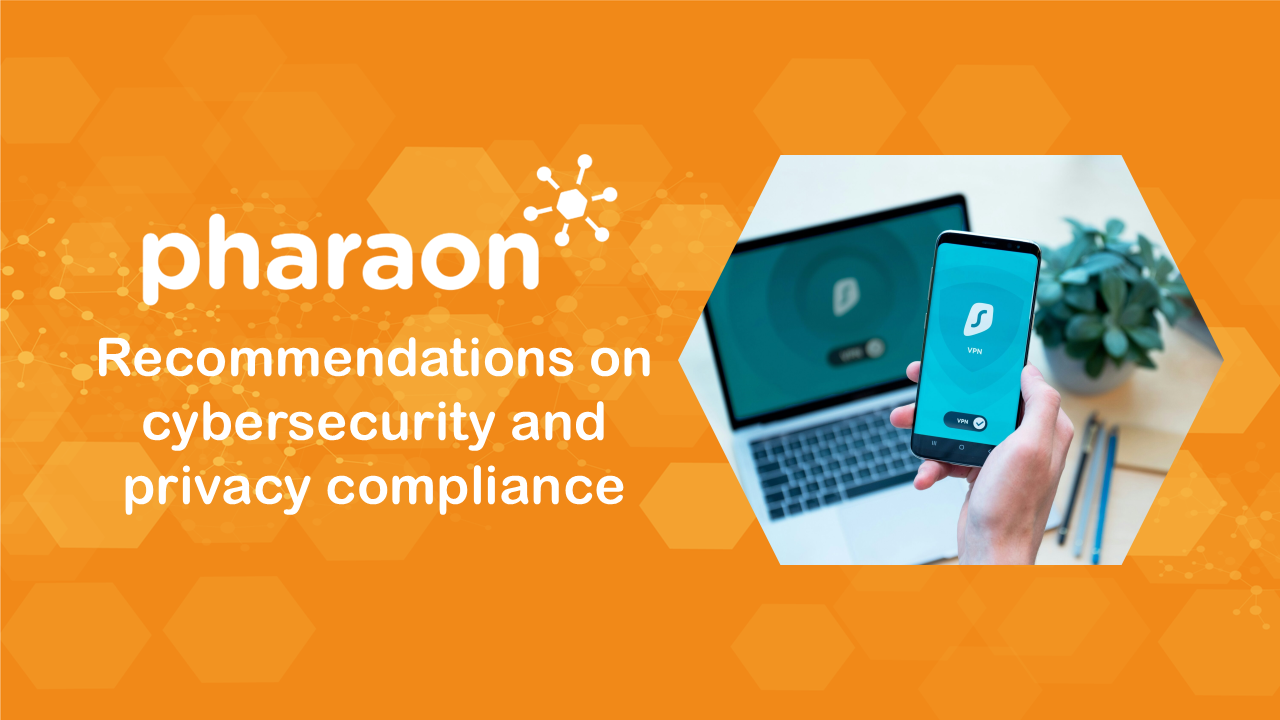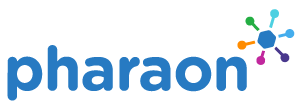
20 Nov Pharaon recommendations for cybersecurity and privacy compliance
The Pharaon project aimed at enhancing the quality of life for older adults through digital health technologies. It dealt with complex issues such as integrating privacy and cybersecurity in healthcare innovation. Pharaon employed a Privacy by Design approach by embedding privacy considerations into every phase of development. The project aligned closely with General Data Protection Regulation (GDPR) principles, employing strategies such as data minimization, pseudonymization, and robust informed consent procedures. These measures helped build trust among participants, particularly older adults, ensuring their rights and privacy were protected throughout the project lifecycle.
Based on Pharaon’s experiences, the following recommendations are proposed for future initiatives aiming to enhance cybersecurity and privacy compliance:
- Strengthen Governance and Responsibility: Appoint dedicated roles for cybersecurity oversight, develop comprehensive policies, and provide regular training to promote security awareness among all personnel.
- Enhance Secure Development Practices: Adopt secure coding standards, conduct regular code security analyses, and integrate security considerations from the outset of development projects.
- Improve Access Control and Authentication: Implement robust authentication mechanisms, enforce the principle of least privilege, and regularly review and update access rights.
- Strengthen Data Protection Measures: Utilize strong encryption, perform regular data integrity checks, implement data retention policies, and apply de-identification techniques to protect personal data.
- Enhance Incident Detection and Response: Establish effective incident management processes, implement anomaly detection systems, and conduct regular vulnerability assessments and remediation.
- Ensure Up-to-Date and Secure Infrastructure: Maintain current software and systems with the latest security patches, disable unnecessary features in production environments, and verify software integrity before deployment.
- Promote Continuous Improvement and Compliance Monitoring: Conduct regular security reviews, maintain detailed asset inventories, and establish secure deployment strategies to ensure ongoing compliance and security.
- Enhance Third-Party Management: Govern third-party data processing through strict agreements, secure data handling practices, and integration of consistent security policies across all partners.
- Integrate Privacy by Design into Innovation Management: Embed privacy considerations throughout the innovation lifecycle, utilize risk assessment tools, and engage with end-users to address privacy concerns effectively.
- Navigate Regulatory Frameworks and Standardization: Understand and align with relevant regulations, collaborate with standardization bodies, and document pilot experiences to contribute to the development of comprehensive standards.
- Overcome Privacy Implementation Challenges: Simplify privacy communications, provide user training, and balance comprehensive service offerings with stringent privacy controls to maintain user trust and engagement.
By implementing these recommendations, future projects can enhance their cybersecurity and privacy frameworks, ensuring sustained compliance, fostering trust among participants and stakeholders, and achieving their objectives effectively.
Photo by Dan Nelson on Unsplash

